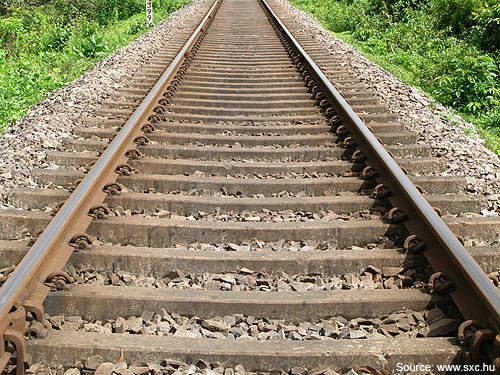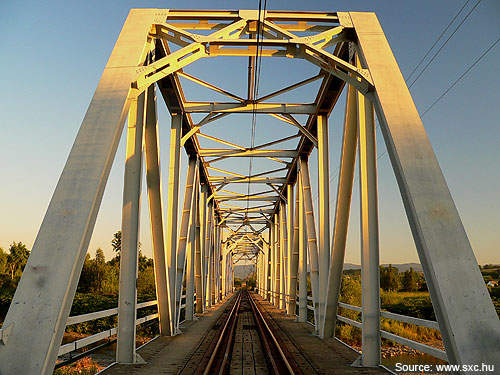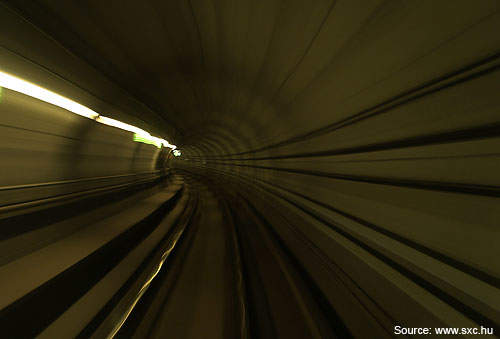The Lanzhou-Chongqing rail development project is being undertaken by the Republic of China and the Asian Development Bank (ADB) to improve the economic conditions of the less served provinces of Gansu, Shaanxi and Sichuan, and the Chongqing municipality. It was originally known as the Lanyu Rail Project.
The project will link the north-west centre of Lanzhou in Gansu Province with the manufacturing hub of Chongqing in the south. The 832km rail-line will run through the resource rich provinces of Shaanxi and Sichuan.
The estimated cost of the project is $11.3bn. The project work officially commenced in August 2009 after a delay of 10 months due to engineering difficulties. The construction is scheduled for completion by December 2015.
Besides aiming to assist the economic development of the region, the project is also an effort to provide a safe, affordable, reliable and energy efficient railway system in the region. The per capita income along the project area is expected increase from CNY4,680 in 2015 to CNY5,700 in 2020.
The project traffic catchment area will be 40,816km² and will serve a population of more than 14 million people. According to the Ministry of Railways’ estimates, the passenger traffic volume will increase from 18 million in 2015 to 57 million in 2043. They also predict an increase in the freight volume from 68 million tons in 2015 to 157 million tons in 2034.
On completion, the travel time between Lanzhou and Chongqing will reduce from 17.5 hours to 6.5 hours, which in turn will generate a fuel saving of $200m in 2015 and $480m in 2034.
The project will also reduce carbon emissions by 810,000 tons in 2015 and 1.85 million tons in 2034.
The Ministry of Railways is the project execution agency and the Lonzhou-Chongqing (Lanyu) Railway Company is the implementing agency. The company was jointly formed by the Ministry of Railways, Gansu Provincial Government, Sichuan Provincial Government and Chongqing Municipal Government.
Project
The project includes construction of an electrified double track standard Class I rail. Of the total 832km, around 799km of the length will require laying of new rail tracks parallel to National Highway 212.
The Lanzhou-Chongqing rail will pass through the two rivers, the Yangtze and the Yellow. Approximately 76.4% of the rail track will pass through tunnels and over bridges.
The Lanzhou-Chongqing rail development project has received a loan of $300m from the ADB. The loan is to be used for the procurement of electrical and communication equipment, power systems, track material, environmental protection equipment and consulting services.
By August 2009, the project had already spent $150m on consulting services and purchase of equipment and materials.
According to ADB’s procurement guidelines of 2007, all the contracts valued at more than one million dollars shall be procured only through international competitive bidding.
As of June 2010, construction works at the Yangjiawan Ping River bridge and the foundation of North Marshalling Station in Lanzhou city were complete. In order to complete the project by the scheduled time, the civil works and construction period has been reduced from 36 months to 18 months.
ADB and the Ministry of Railways plan to conduct the mid-term review of the project in 2012.
Lanzhou-Chongqing infrastructure
There will be 285 bridges and 178 tunnels on the line. The bridges and tunnels constitute a length of 103.9km (13% of the new track) and 506.km (63.4% of the new line) respectively.
There will be 12 super-long tunnels measuring more than 10km in length, the longest being the 29km tunnel. In addition, the line will have 28 tunnels of 6km each.
The Lanzhou-Chongqing rail project will feature 31 stations designed for double-stacked container transport. The tracks are designed to accommodate trains running at a top speed of 200km/h.









